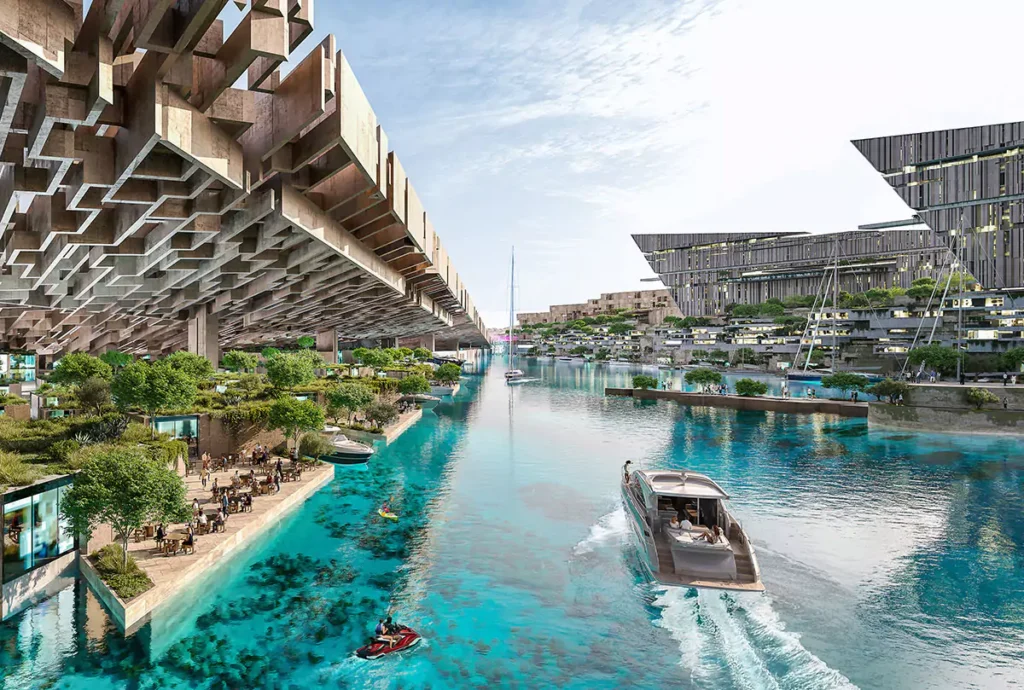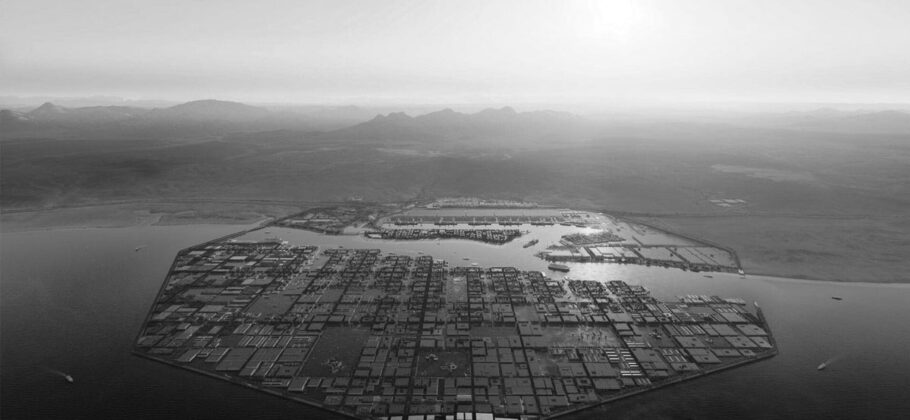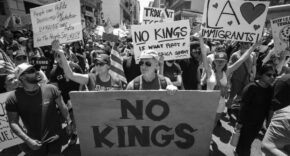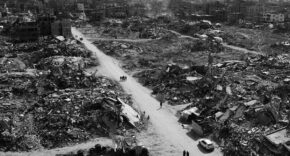Saudi Arabia’s ambitious plan to build a futuristic megacity in the desert was meant to redefine urban living. Neom, a sci-fi-inspired metropolis, was marketed as a groundbreaking shift away from oil dependency, a city of the future boasting cutting-edge technology, unparalleled luxury, and world-class infrastructure. Yet, nearly a decade after its announcement, Neom is faltering under the weight of its own grandiosity. Costs have soared, deadlines have been missed, and the entire project is running out of money—bringing the dream dangerously close to collapse.
The Vision: A Technological Wonderland
Crown Prince Mohammed bin Salman envisioned Neom as a “civilizational revolution,” a hub that would rival Silicon Valley, Dubai, and Singapore combined. The goal was to create an economic and technological utopia that would attract the world’s brightest minds and wealthiest investors. The centerpiece, The Line, was a planned 106-mile-long city with two parallel skyscrapers towering over the desert, designed to house 9 million residents by 2045. Other key projects included Trojena, a luxury ski resort in the desert, and Oxagon, a floating industrial port city. The prince compared the project to Egypt’s pyramids, saying it would be an “economic engine” and a “generational investment.”
However, the project quickly ran into the harsh realities of physics, engineering, and financial sustainability.

The Ports: A Futuristic Hub Stuck in Limbo
The Port of Neom in Oxagon was supposed to be one of the world’s largest, handling 12 million TEUs (twenty-foot equivalent units) of cargo annually. Yet, the reality has been far less impressive. The remote location, lack of developed infrastructure, and sluggish global investment interest have stalled progress. Despite ambitious sustainability goals and AI-driven automation, the port’s expansion remains incomplete, with vast sums of money spent on groundworks but little to show in terms of actual operations. According to reports, “billions of dollars have been spent preparing the desert sands for the remote megalopolis,” yet significant work remains undone.
A Tourism Destination Without Tourists
Sindalah, Neom’s luxury island resort, was meant to be the first phase of the megacity’s rollout. The October 2024 launch was a spectacle featuring A-list celebrities like Will Smith and Tom Brady, superyachts, and a $45 million opening party. However, four months later, the hotels remain unfinished, workers read books to pass the time due to a lack of guests, and most of the island is still under construction. High winds disrupted ferry operations and even made playing golf difficult. One internal audit revealed that executives manipulated financial projections to make the numbers look better, setting hotel rates at “$704 a night, up from $216” and hiking the price of a “boutique hiking hotel” room to a staggering “$1,866 a night, up from $489.”
The Film Industry Push: A Flickering Light
Neom has positioned itself as a film production hub, drawing Hollywood, Bollywood, and regional filmmakers. State-of-the-art soundstages, backlots, and a competitive 40% cash rebate have attracted some productions, but the city’s isolated location and unfinished infrastructure make it a difficult choice compared to well-established film locations. While 40 productions have been completed at Neom Studios, the project remains far from justifying the massive investments poured into it. “We can do the moon. We can do the stars. We can do just about anything here in terms of the locations that we’ve got,” said Michael Lynch, Head of Media at Neom, touting its potential. However, despite its strategic location, the studios remain an expensive and unproven alternative.
Why Is Neom Failing?
The core reasons behind Neom’s struggles can be traced to four major factors:
- Unrealistic Financial Assumptions – Neom executives and consulting firms like McKinsey & Co. reportedly manipulated financial forecasts to justify the project’s soaring costs. Internal audits uncovered deliberate overestimations of projected revenues, with room rates and property values inflated far beyond realistic market expectations. An internal audit found “evidence of deliberate manipulation” of finances by “certain members of management.”
- Skyrocketing Costs – The initial price tag of $500 billion has ballooned into an estimated $8.8 trillion by 2080—more than 25 times Saudi Arabia’s annual budget. The Line alone was expected to cost far less per square foot than skyscrapers in Riyadh, despite its immense engineering challenges. Contractors had to dig out “60 miles of sand” just to prepare for construction, even though only 1.5 miles of The Line is expected to be built by 2034.
- Leadership and Governance Issues – Former employees and reports suggest that Neom executives shielded the Crown Prince from the realities of the project, fearing repercussions. Dissenting voices within the company were reportedly removed, and cost concerns were deliberately ignored. When the original architect of The Line, Thom Mayne, attempted to express concerns about the project’s costs, Neom executives “rejected his requests.”
- Lack of Investor Confidence – Saudi Arabia hoped that private investors would help fund Neom. However, the lack of legal transparency, the country’s rigid regulatory structure, and the unrealistic nature of the project have deterred serious financial backing. Foreign direct investment remains far below the kingdom’s expectations, leaving the government to foot nearly the entire bill.
Running Out of Money
Saudi Arabia, despite its reputation for wealth, is facing significant financial strain. Vision 2030’s extensive megaprojects—including The Red Sea Project, massive entertainment districts, and futuristic sports stadiums—require trillions of dollars in funding. Meanwhile, oil prices have remained below the $96 per barrel threshold needed to balance the national budget. With projected budget deficits in the coming years, Saudi officials are being forced to rethink their priorities. The finance minister, Mohammed al-Jadaan, admitted that the government found a “gap” where demands for money exceeded what was available, forcing them to scale back projects.
The Future of Neom: A Slow Collapse?
What happens next? The Saudi government has already begun downscaling parts of the project. The Line, originally planned to be 10 miles long by 2030, has been reduced to just 1.5 miles by 2034. The high-speed rail project meant to connect Neom’s regions has been postponed, and further cost-cutting measures are expected.
Saudi Arabia may continue to push the narrative that Neom is progressing, but at some point, the financial realities may become impossible to ignore. If foreign investment fails to materialize, the country may be forced to either scale back dramatically or abandon parts of the project altogether.
For now, Neom remains a futuristic mirage—an audacious vision plagued by overreach, mismanagement, and financial shortfalls. It was a wild dream, but as the numbers continue to spiral out of control, it’s becoming clear that Neom may be remembered as one of the most expensive failures in modern history.





